
Bird Walk at Maharajpura, Gwalior (MP)
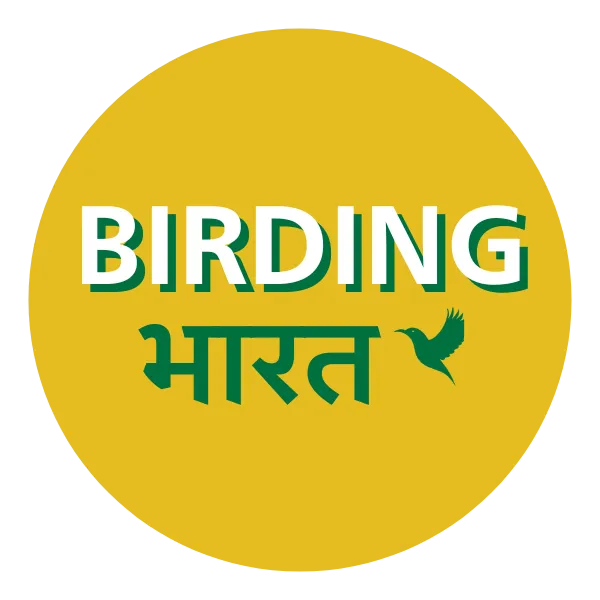

- Gwalior
- 14 September, 2025
- Rs 200/- per head
- Fee collected goes entirely to the bird guide. Ataavi does not retain or profit from this amount.
About Maharajpura, Gwalior
Maharajpura, located on the outskirts of Gwalior in Madhya Pradesh, is a semi-rural landscape where village settlements, seasonal wetlands, and agricultural fields blend into one another. The area is characterized by paddy fields, wheat plots, and patches of fallow land interspersed with low-lying wetlands that hold water during the monsoon and winter months. These wetlands serve as crucial water sources for farming and livestock, while also creating microhabitats that sustain aquatic vegetation, amphibians, and a variety of invertebrates essential for the local food web.
The agricultural–wetland mosaic of Maharajpura supports a rich diversity of birdlife. Resident species such as egrets, herons, mynas, and bee-eaters are commonly seen around croplands, while seasonal wetlands attract flocks of migratory ducks, storks, and waders during winter. Raptors like kites and harriers patrol the fields, benefitting from open spaces and prey abundance. Together, the village, wetland, and farmlands make Maharajpura a dynamic cultural and ecological landscape, illustrating how traditional agriculture and natural habitats continue to coexist and sustain biodiversity in peri-urban Madhya Pradesh.

Bird Guide: Vivek Verma
A wildlife rescuer and conservationist. He has participated in several bird surveys, vulture surveys in Tiger Reserves, National Park, Wildlife Sanctuary of Madhya Pradesh, Maharashtra, Uttar Pradesh, Rajasthan. ANUBHUTI Master Trainer, Naturalist, Bird Watcher and Wildlife Photographer from Gwalior and birding since 6 years.
Bird walk Location
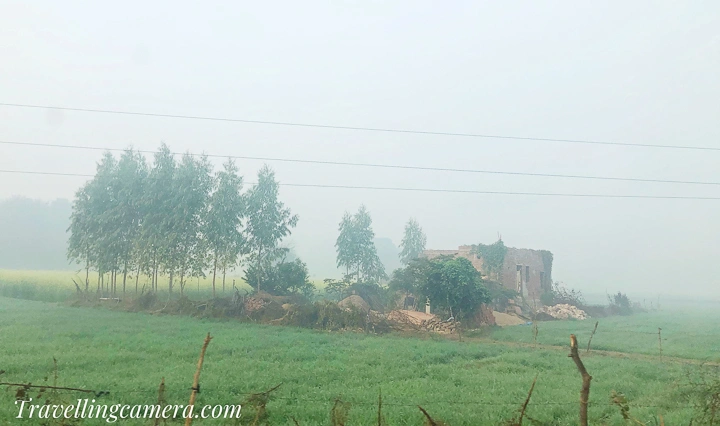
Common birds of Maharajpura
Maharajpura’s wetlands and agricultural fields attract a wide variety of common birds that thrive in human-modified landscapes. Around the village ponds and seasonal waterbodies, egrets, pond herons, and little cormorants are frequently seen feeding on fish and amphibians. During winter, open waters host flocks of migratory ducks such as spot-billed ducks and gadwalls, while black-winged stilts and red-wattled lapwings are regular along the wetland edges. These water-associated birds not only indicate the ecological health of the wetlands but also add vibrancy to the rural scenery.
In the farmlands and village groves, species like the rose-ringed parakeet, common myna, black drongo, and Indian roller are everyday sights. Peafowl often forage in harvested fields, while barn swallows and wagtails can be seen actively feeding on insects in agricultural plots. Raptors such as black kites and shikras circle above, taking advantage of the open terrain. Together, these common birds reflect the harmonious mix of agriculture and wetland habitats in Maharajpura, where resident and migratory species coexist alongside village life.
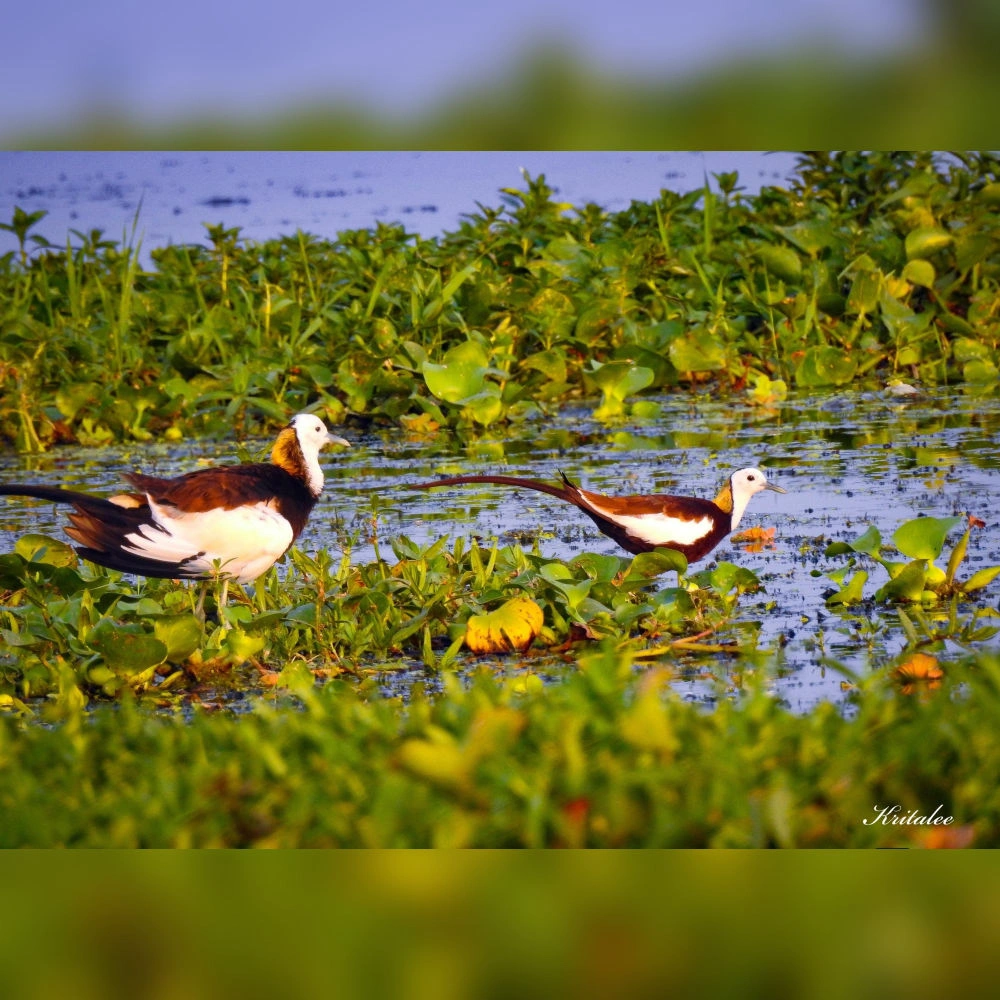
Pheasant-tailed Jacana
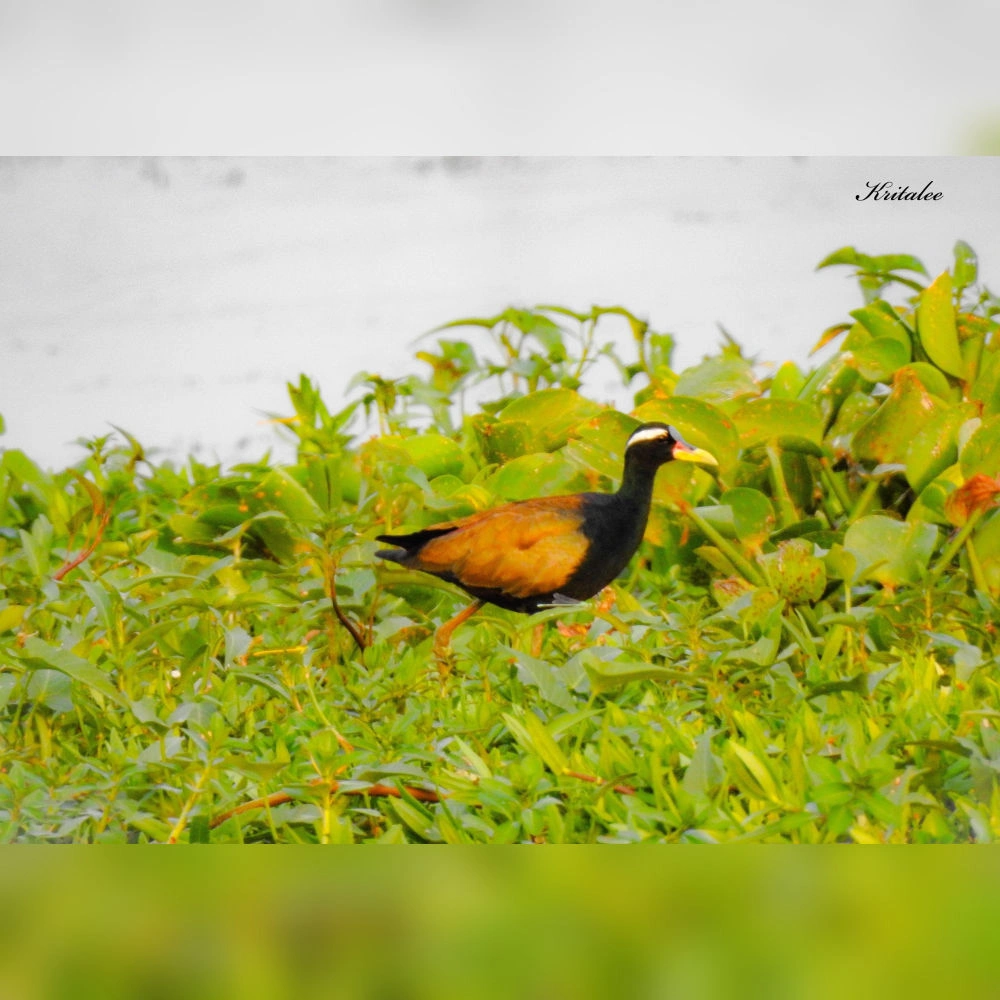
Bronze-winged Jacana
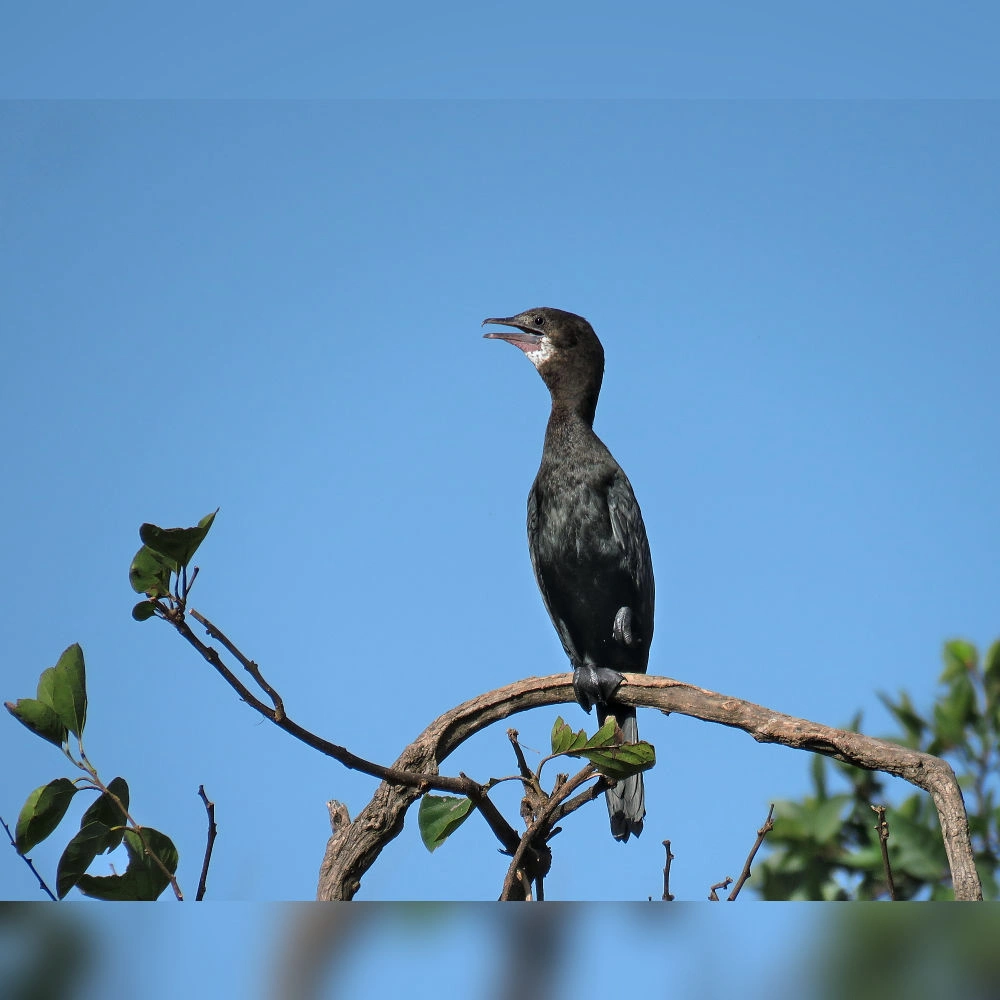
Little Cormorant
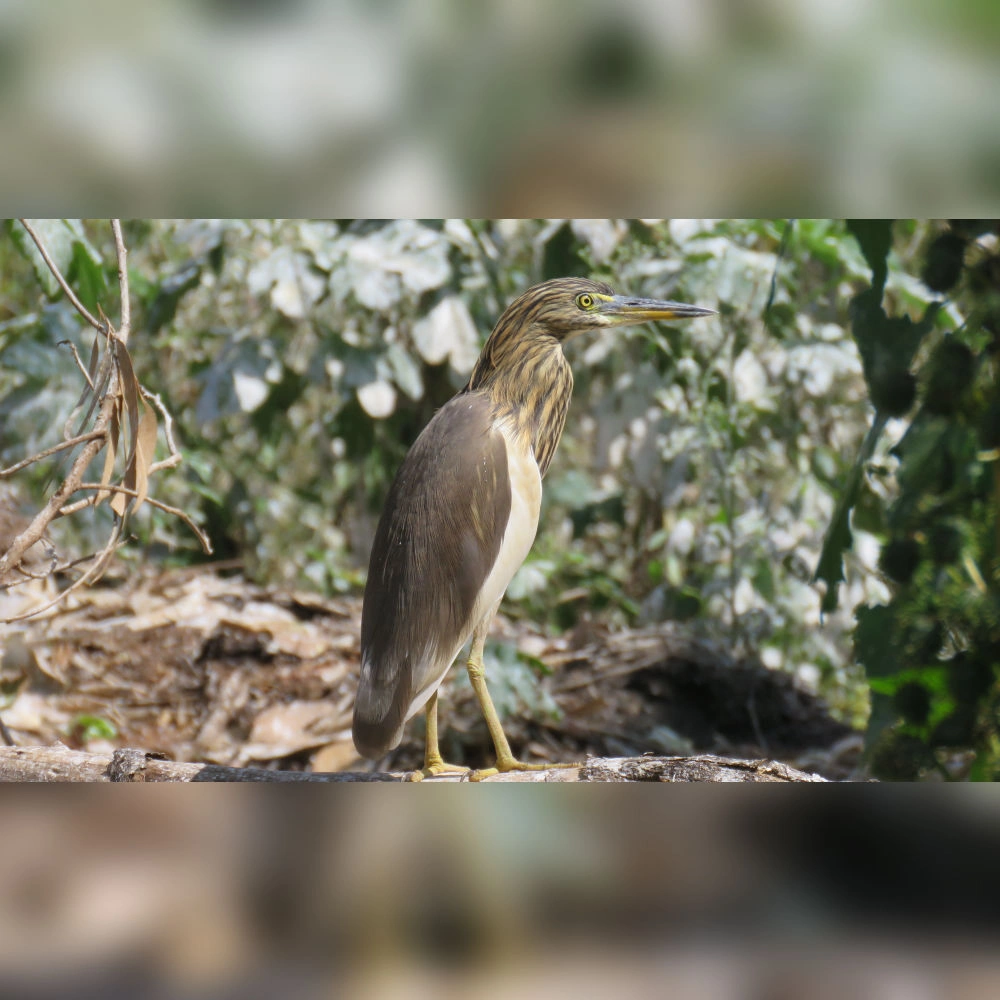
Indian Pond Heron
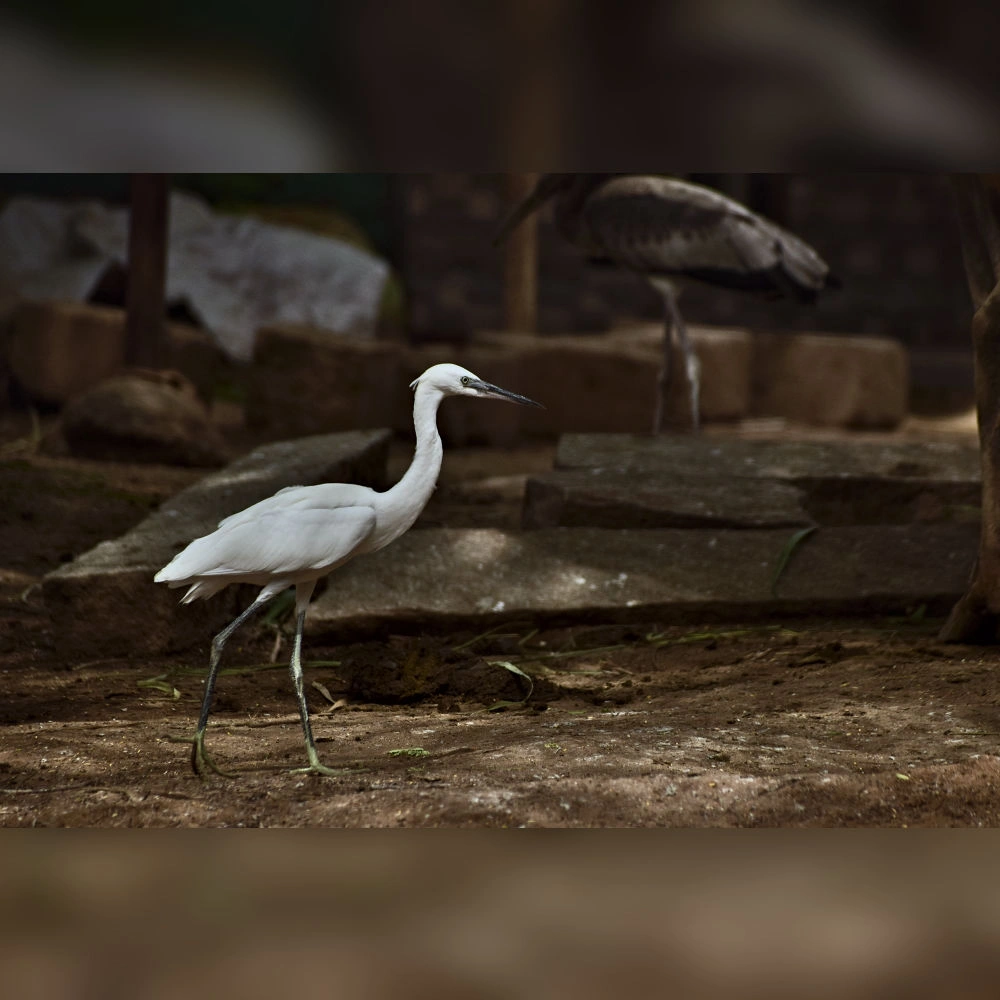
Little Egret
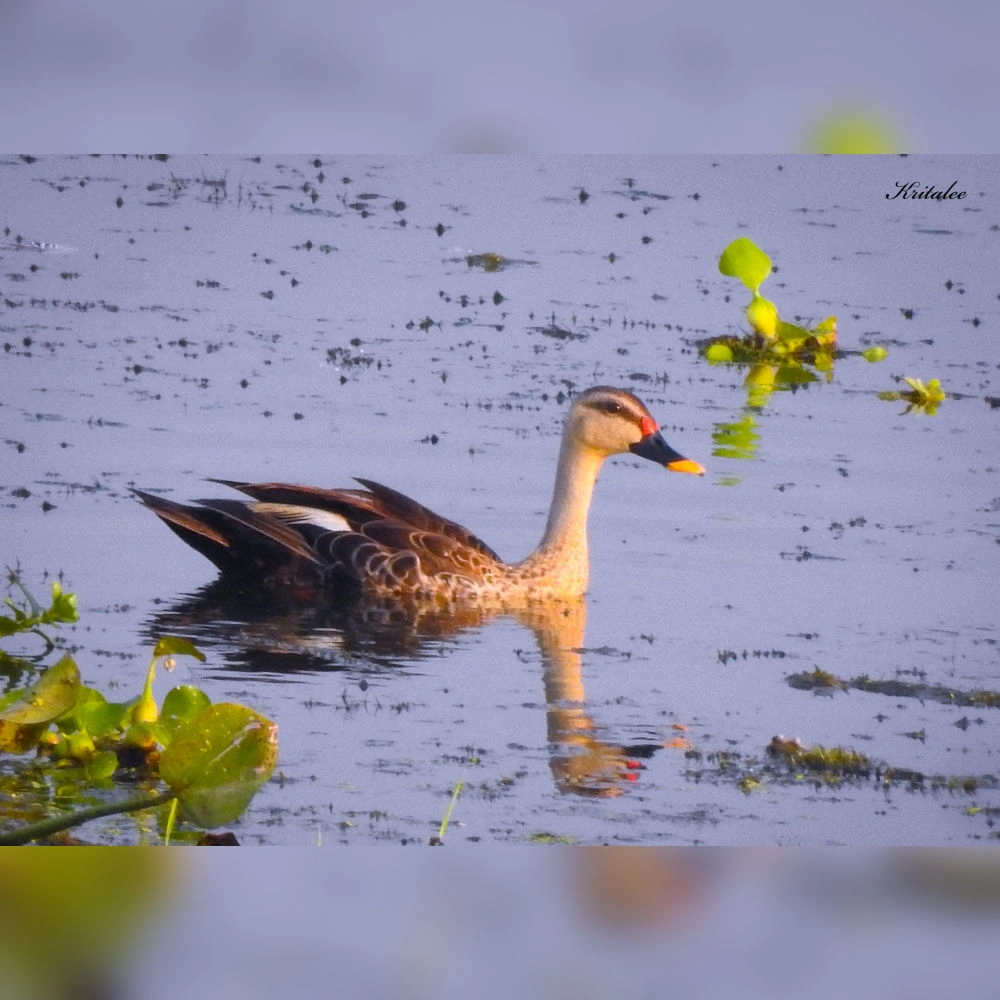
Indian Spot-billed Duck
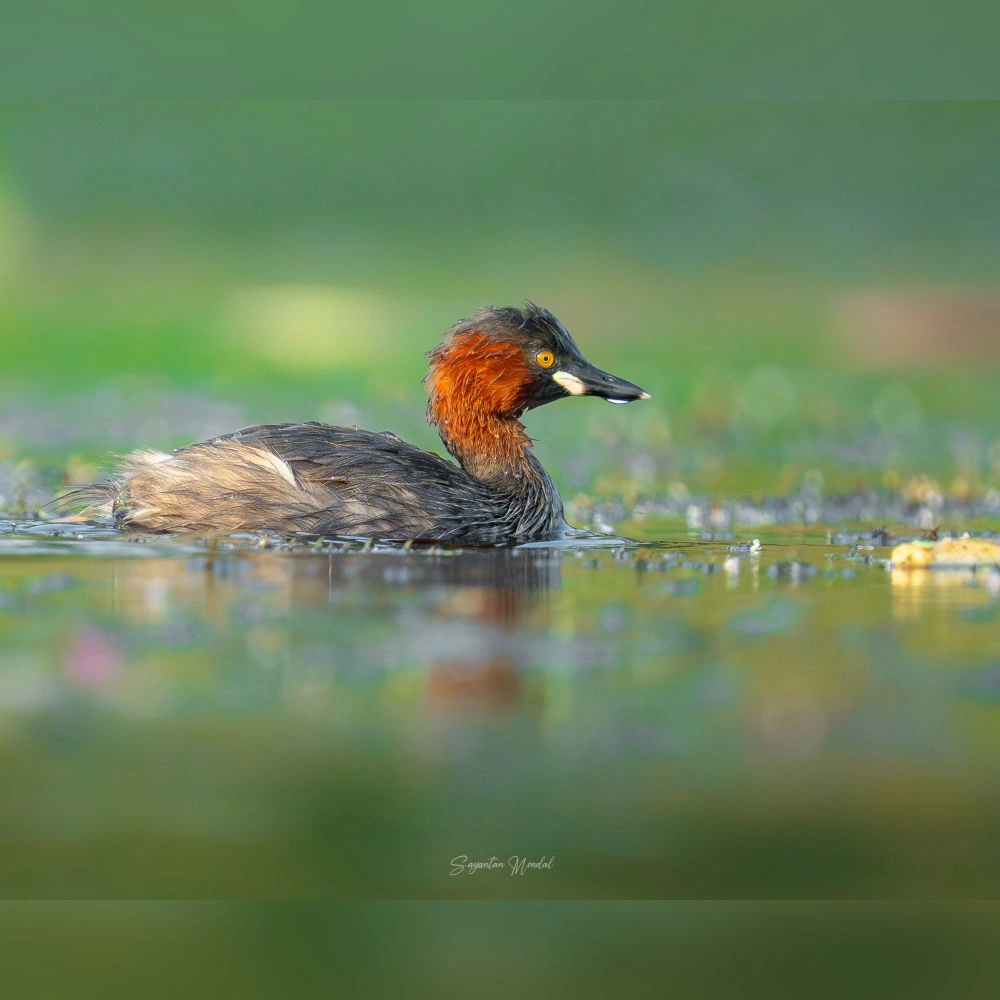
Little Grebe
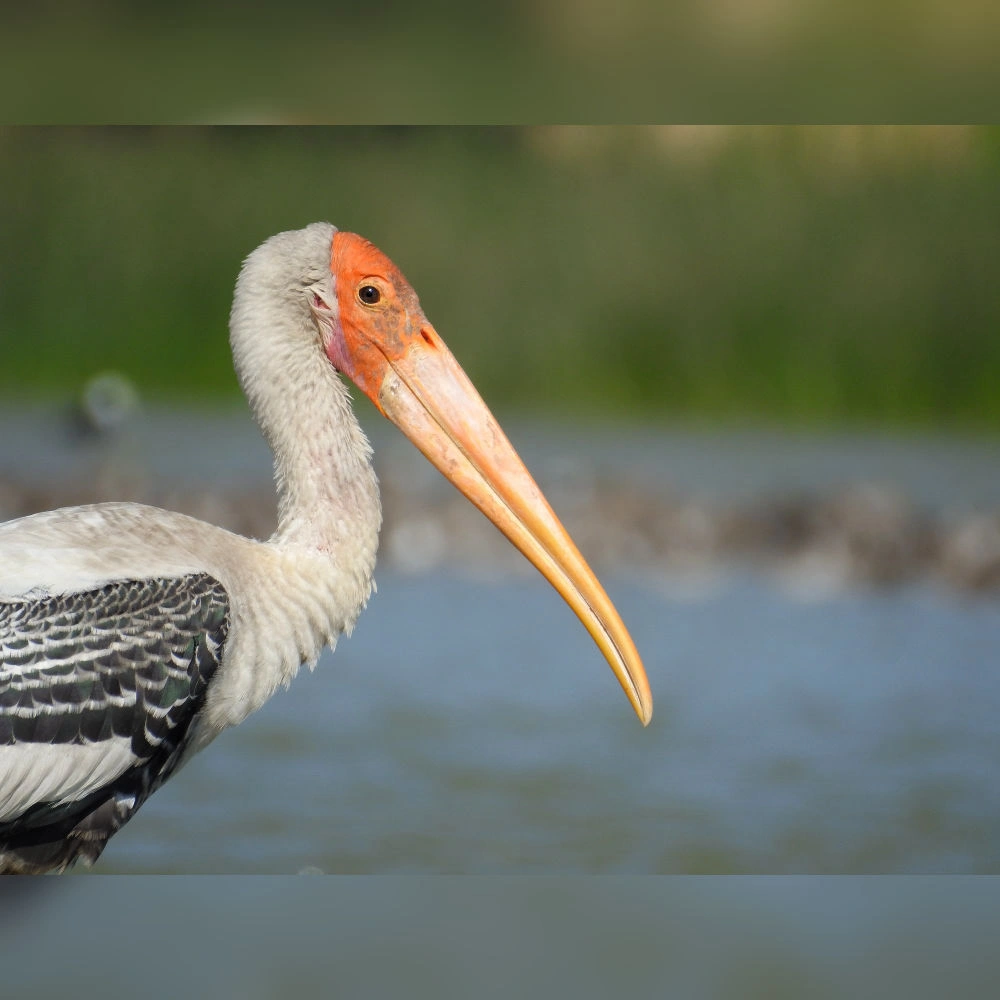
Painted Stork
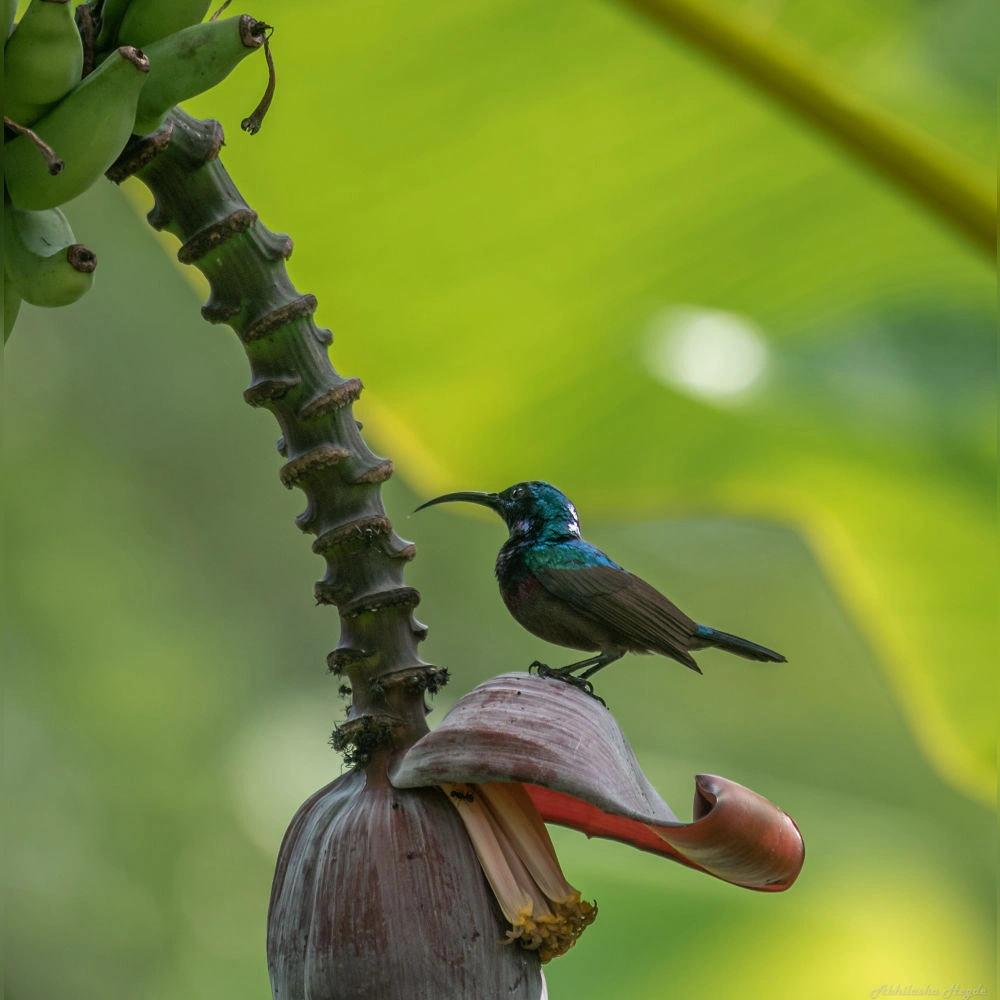
Purple Sunbird
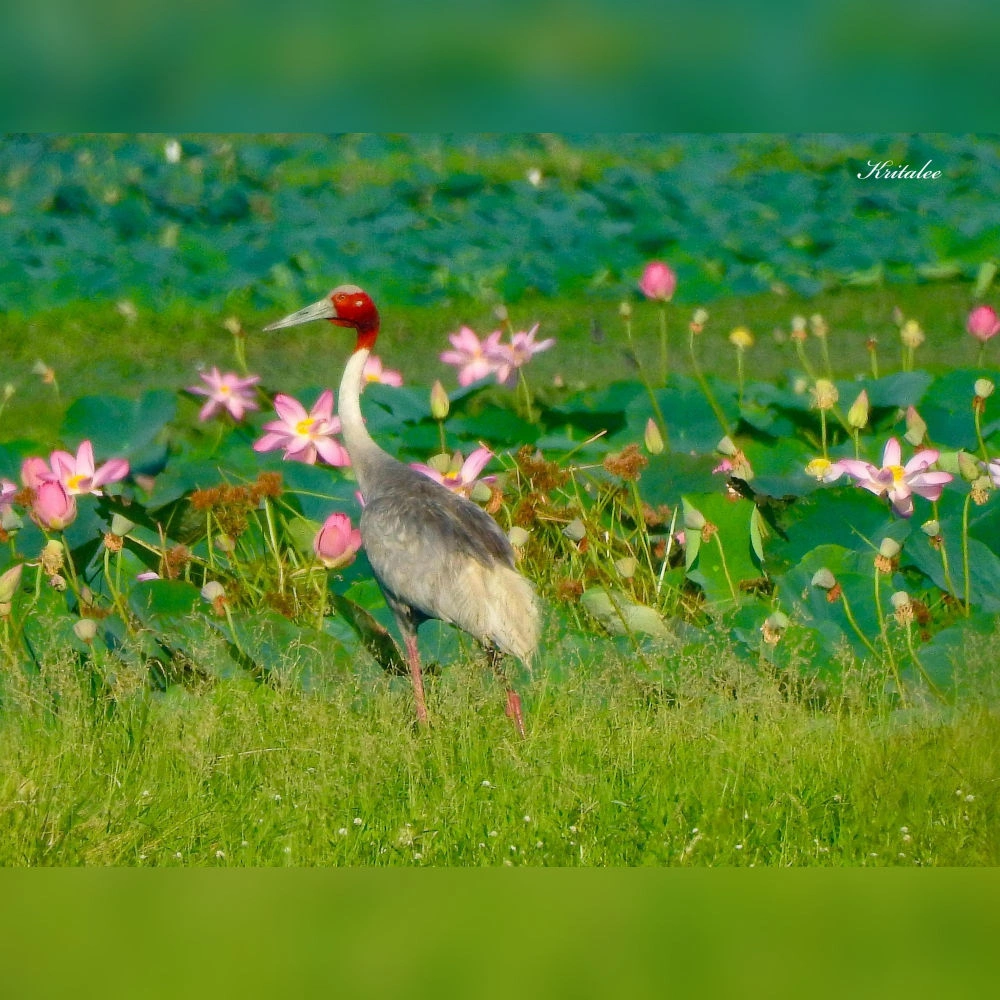
Sarus Crane
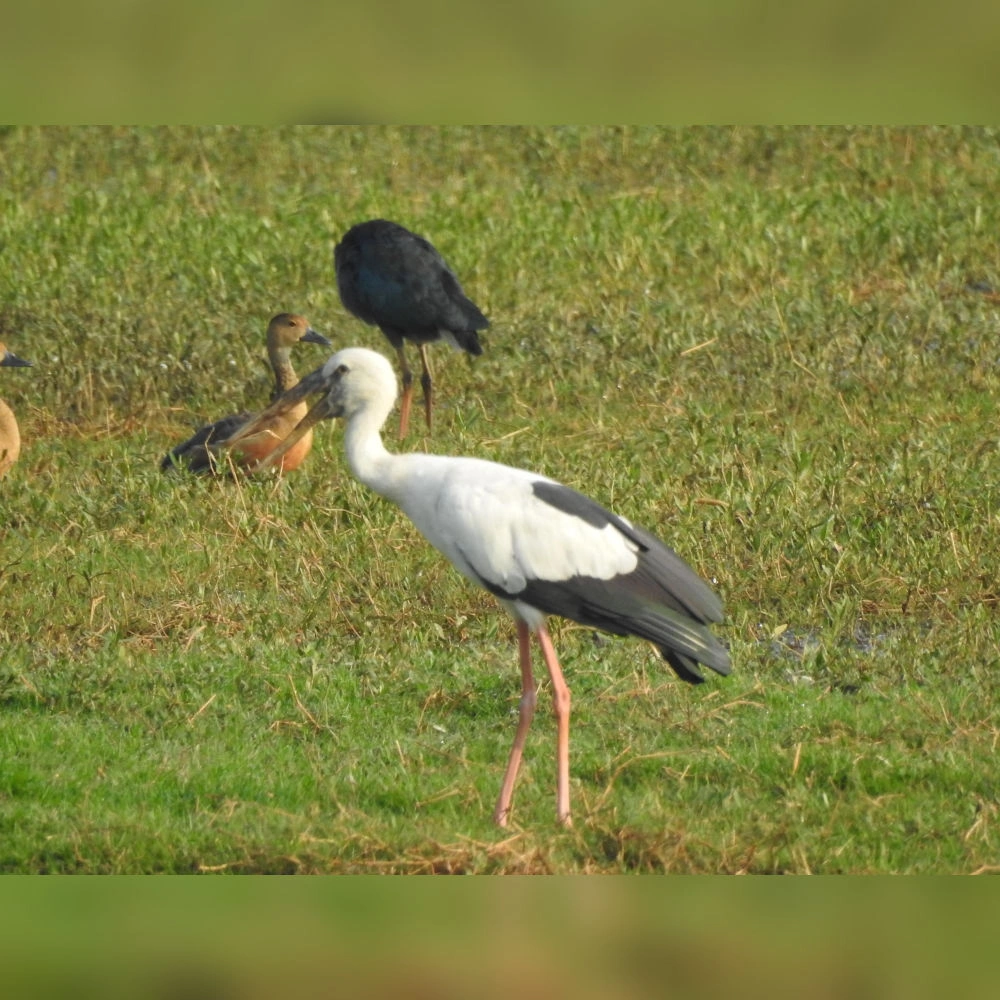
Asian Openbill
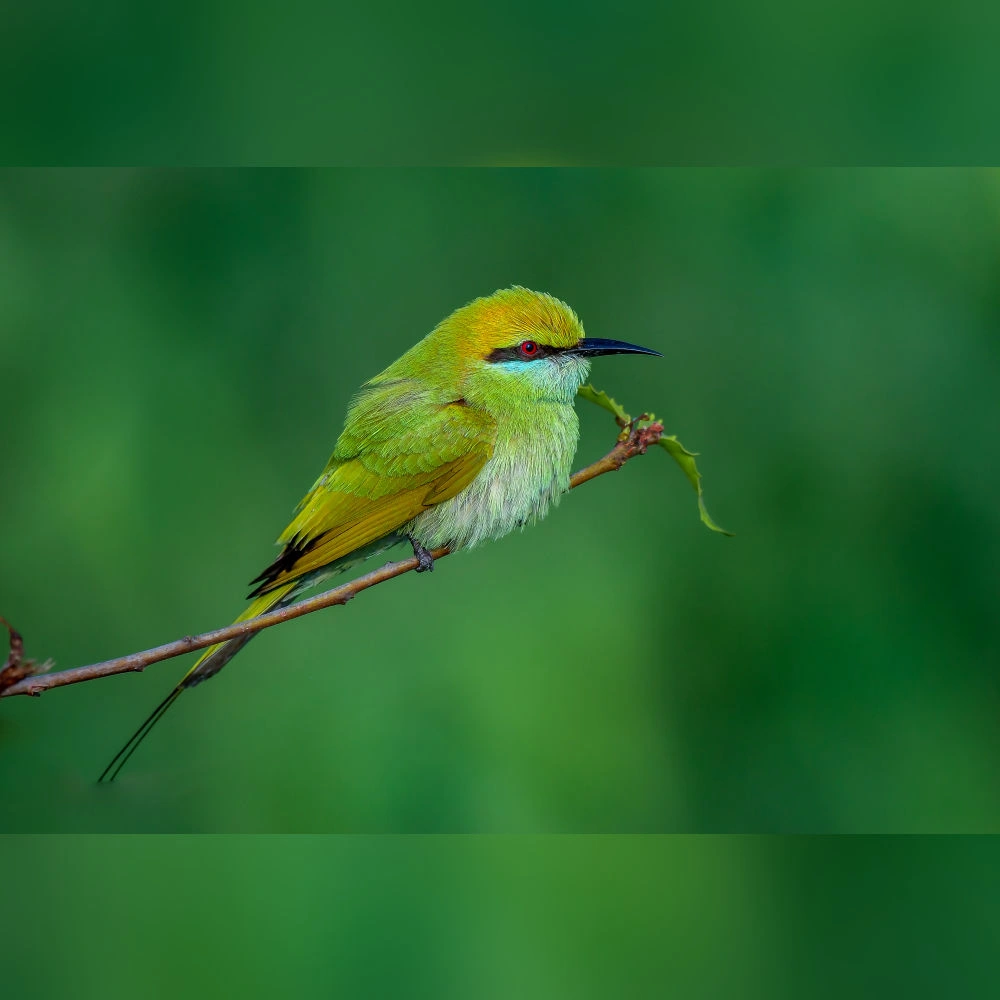
Asian Green Bee-eater
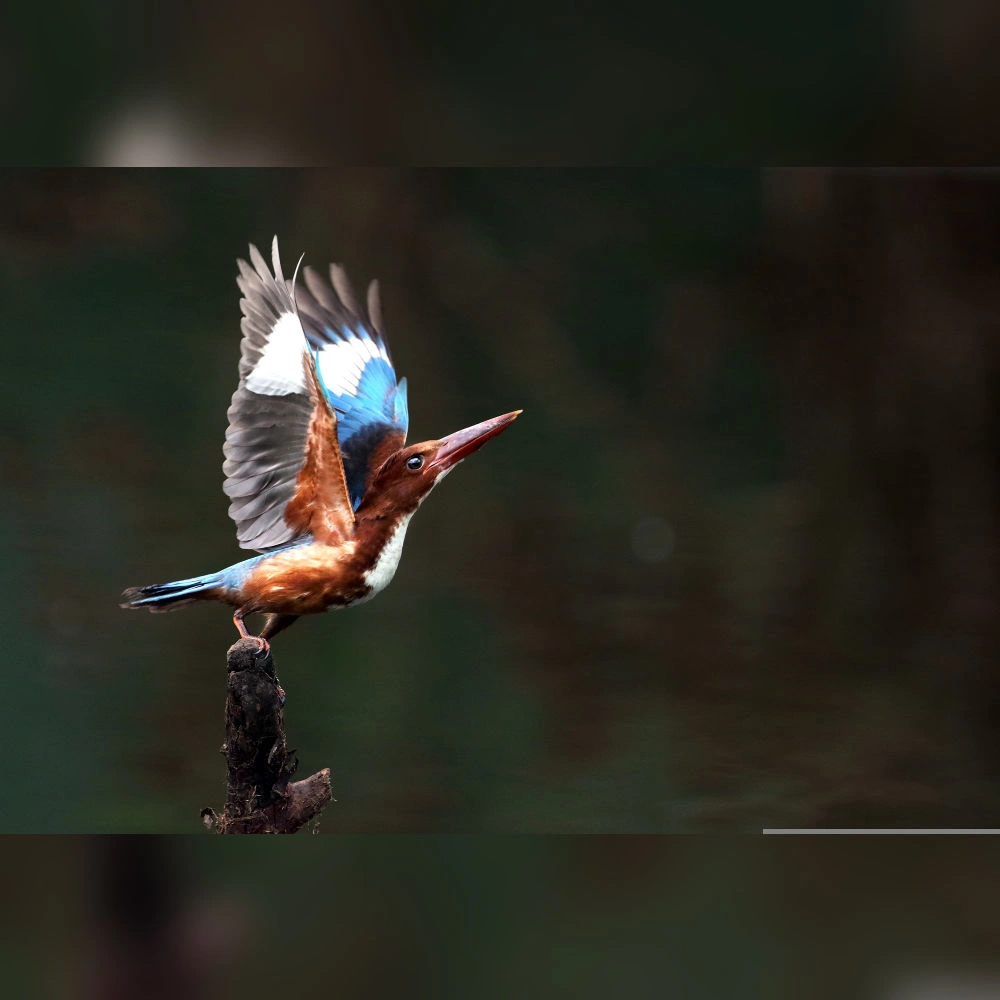
White-throated Kingfisher
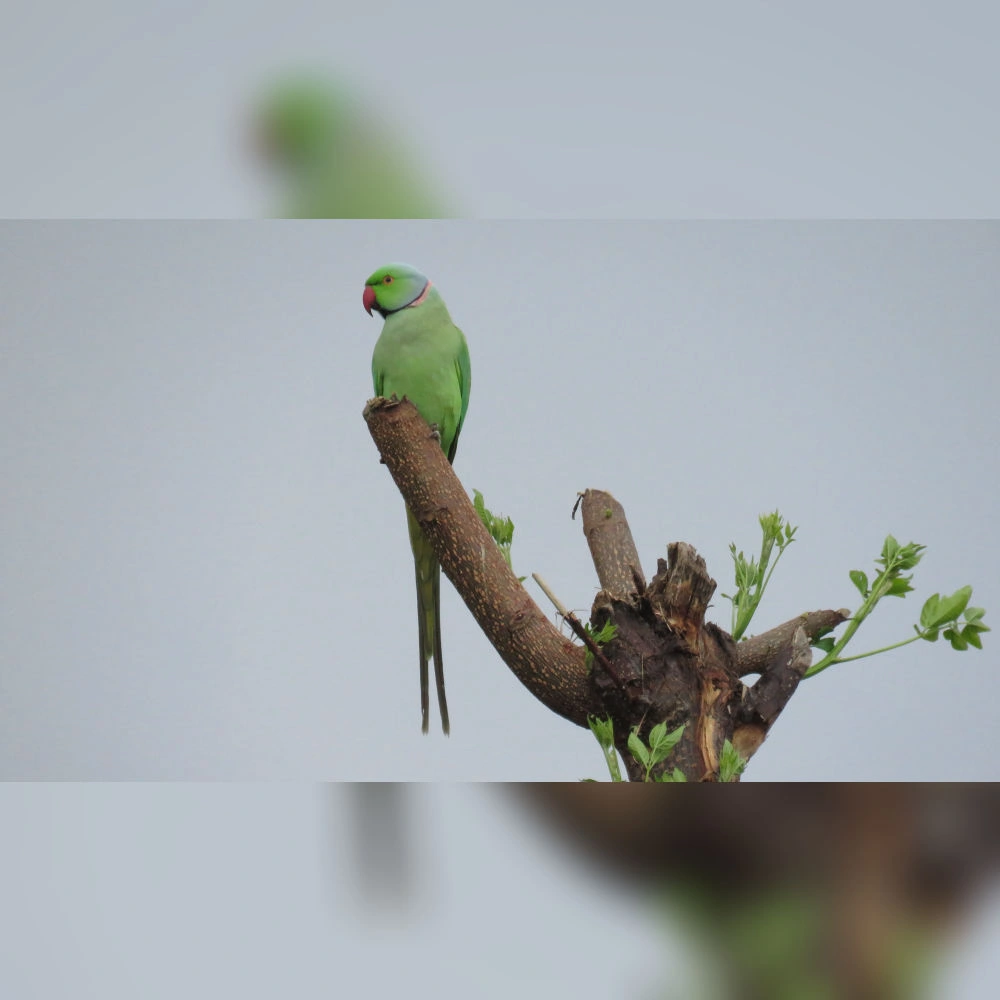
Rose-ringed Parakeet
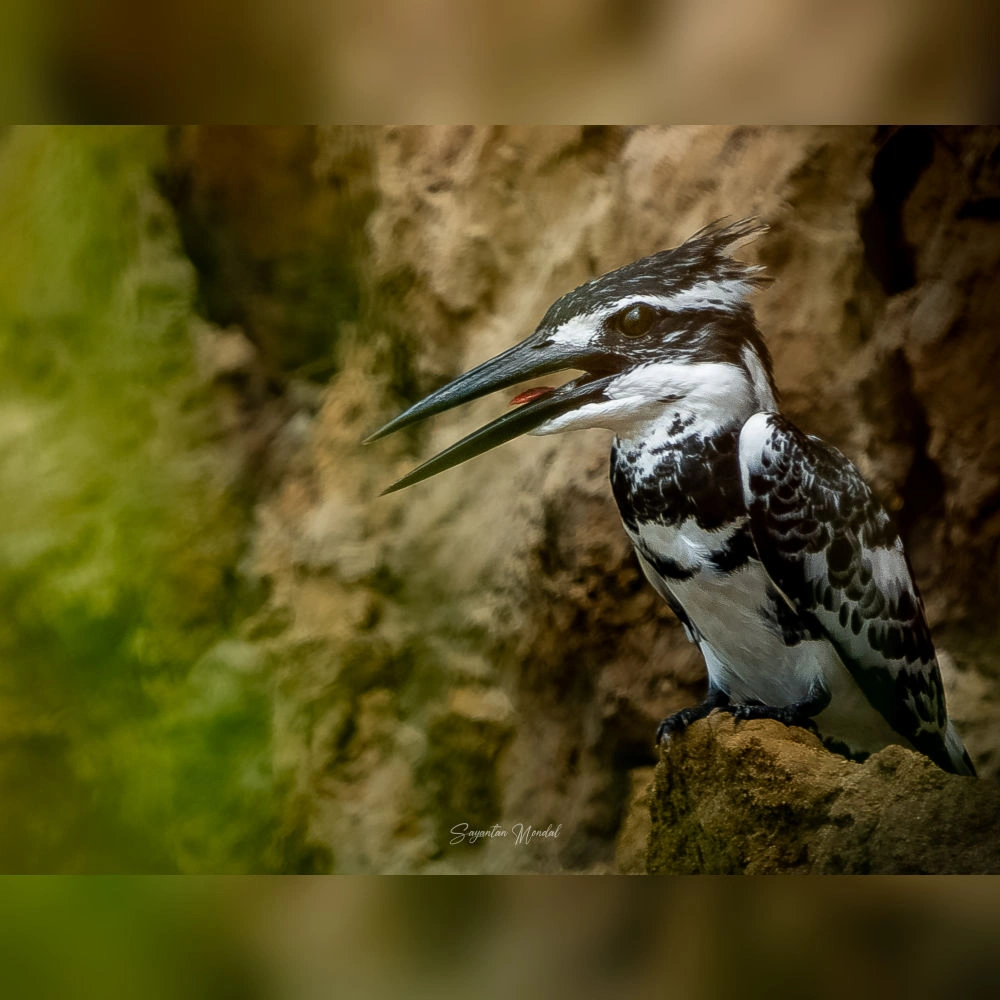
Pied Kingfisher
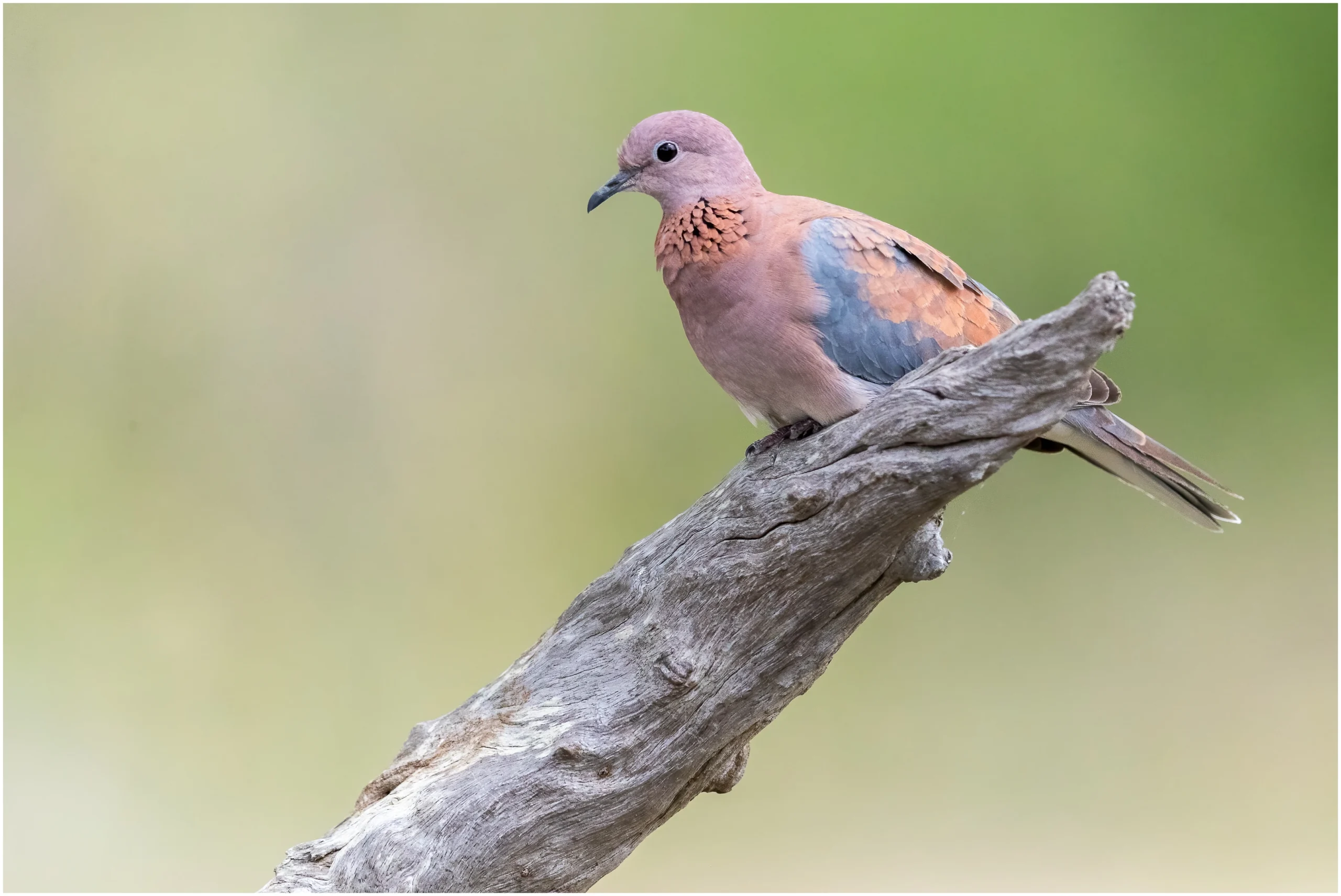
Laughing Dove
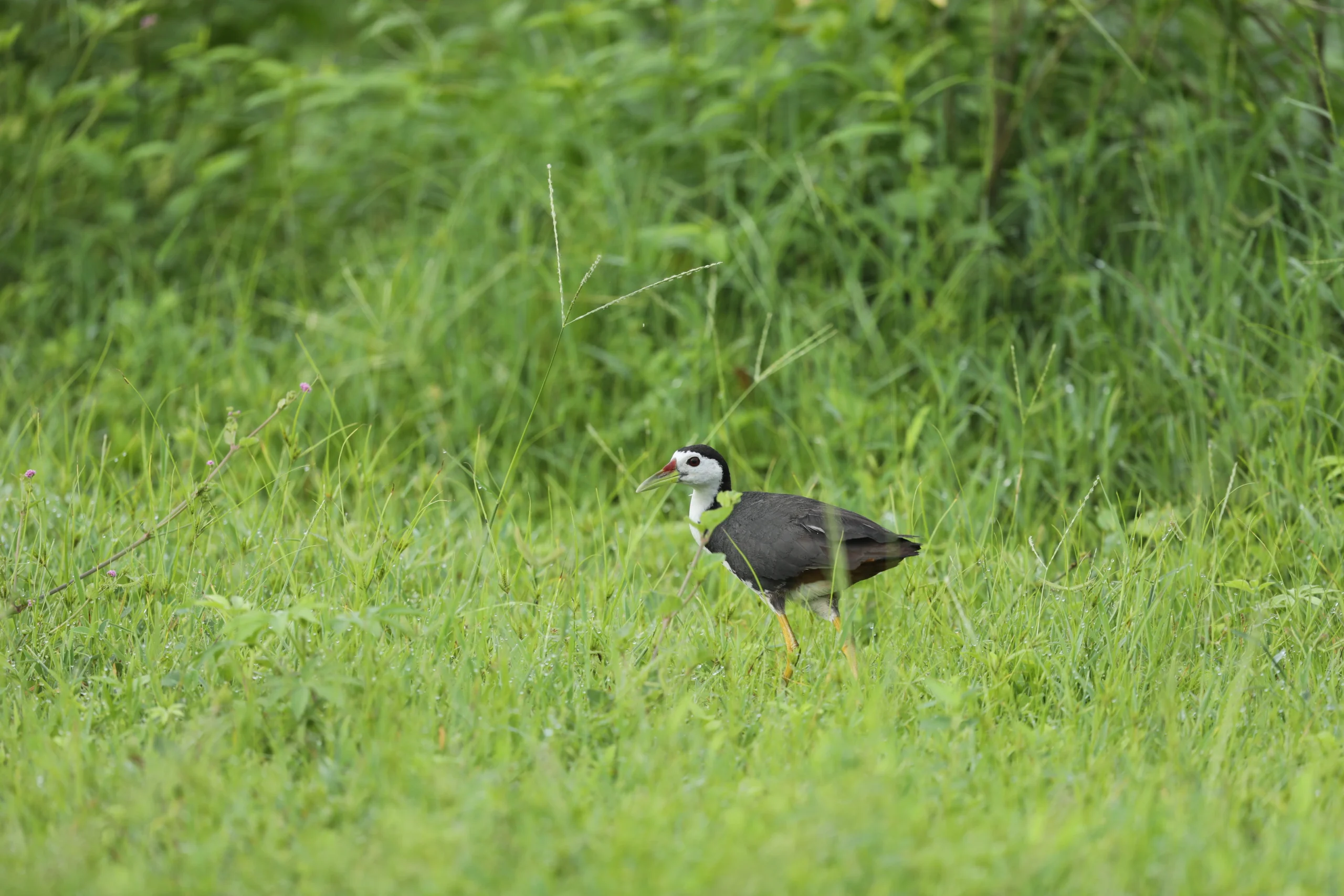
White-breasted Waterhen
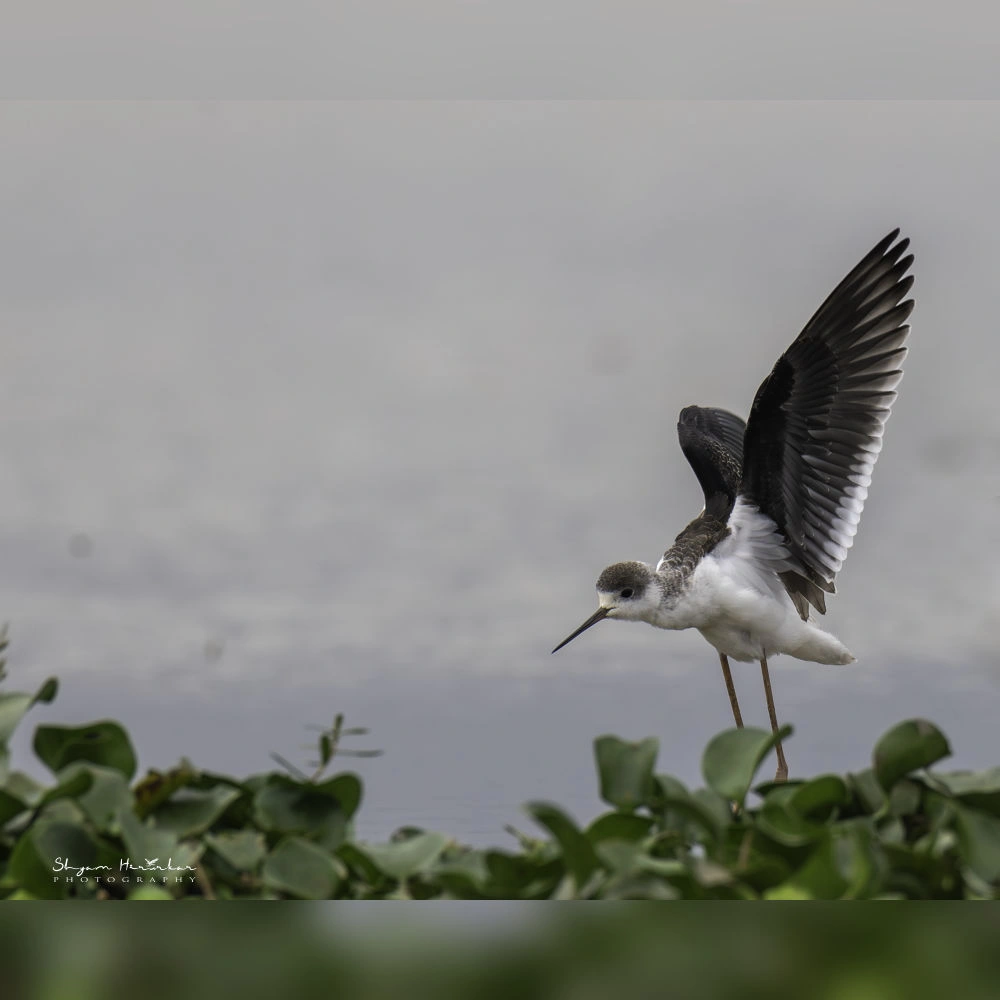
Black-winged Stilt
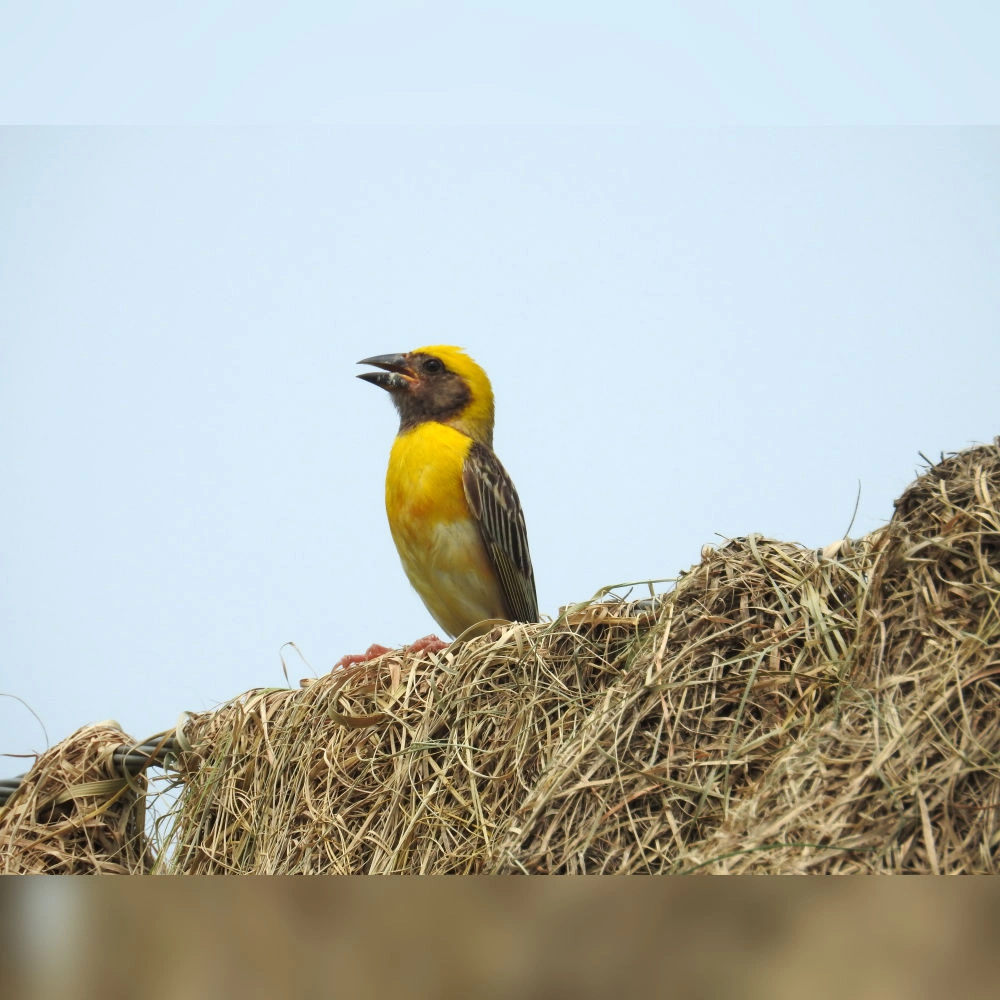
Baya Weaver
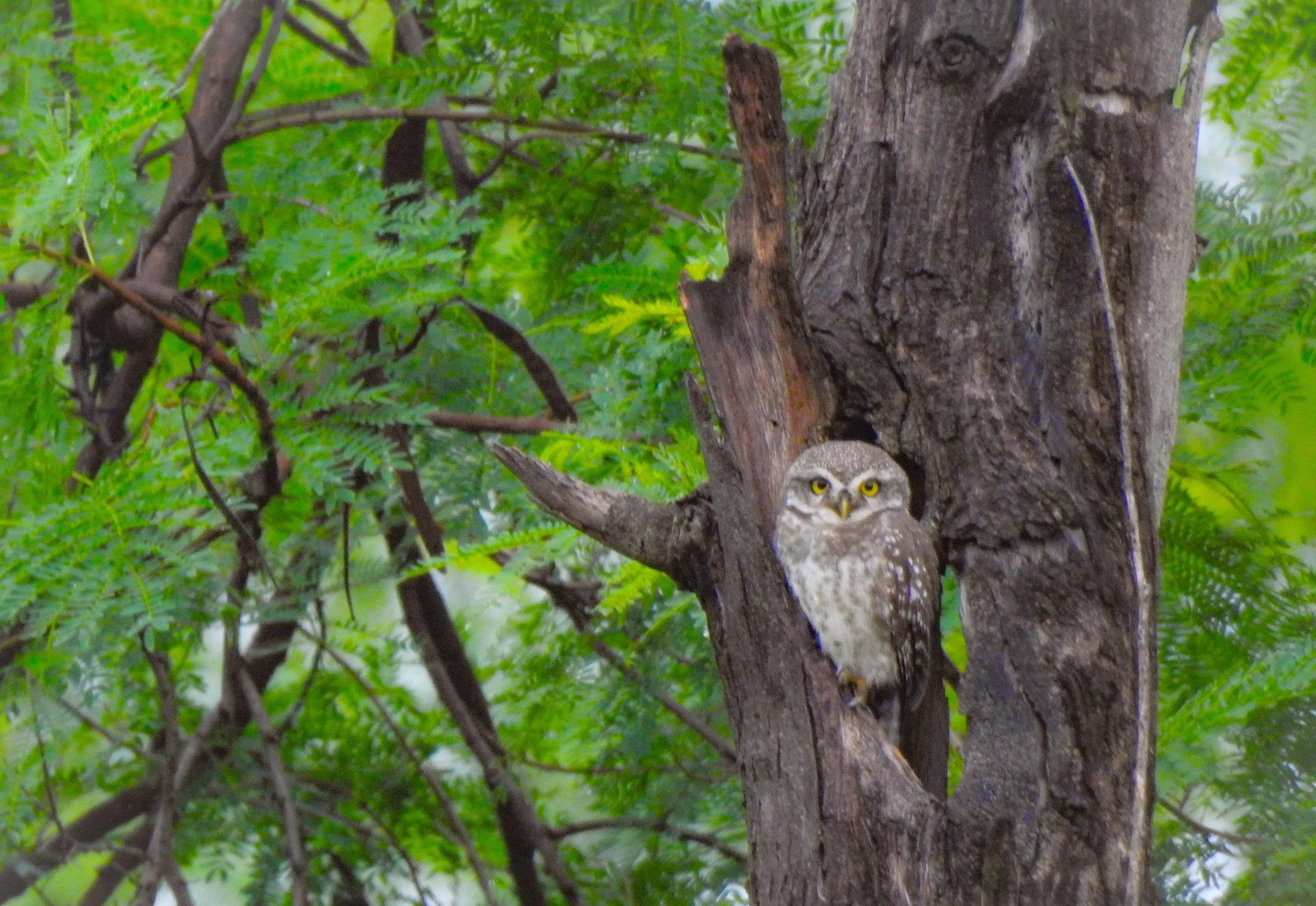
Spotted Owlet
- Fee collected goes entirely to the bird guide. Ataavi does not retain or profit from this amount.


